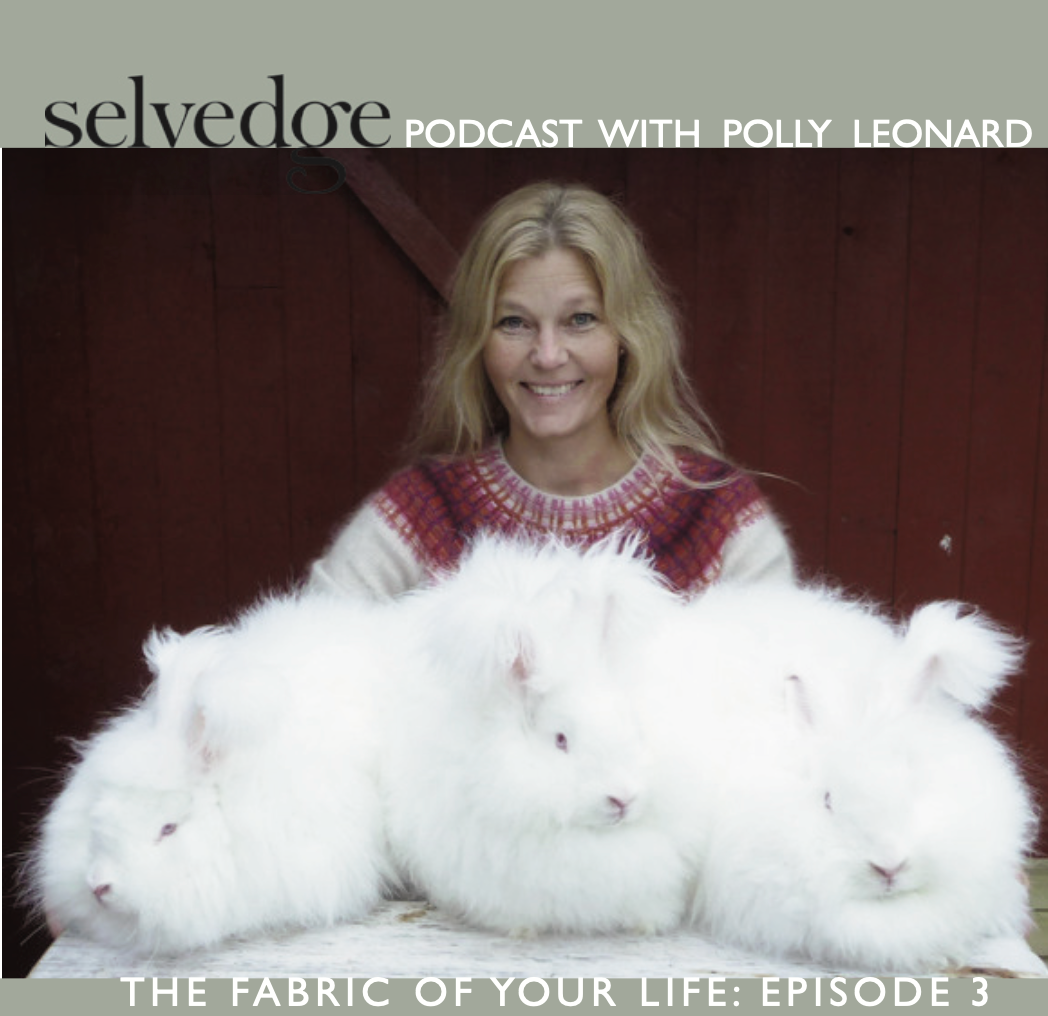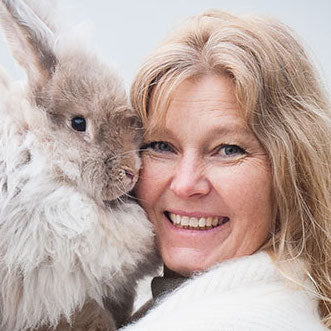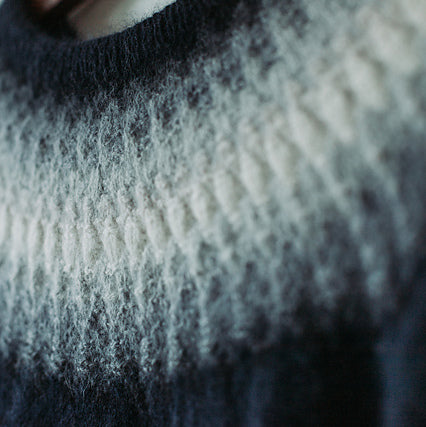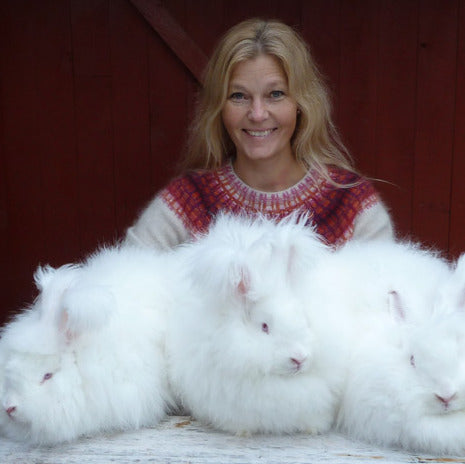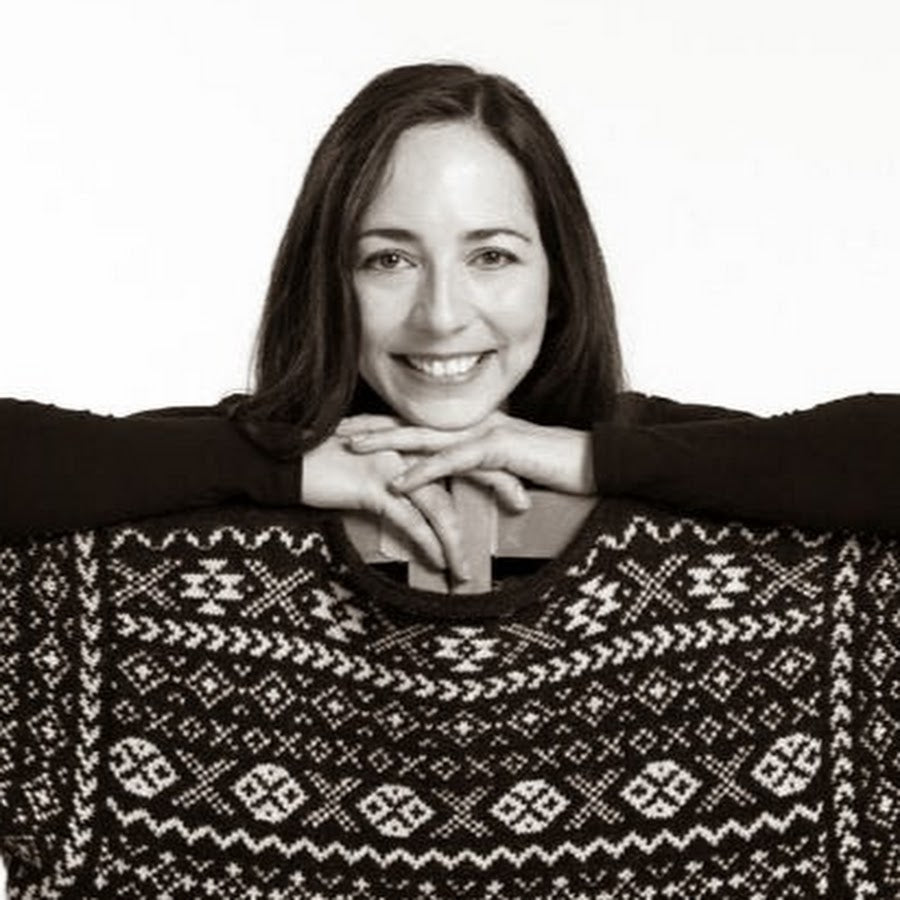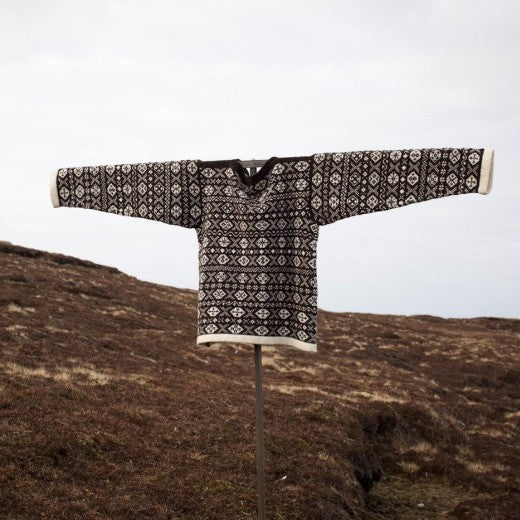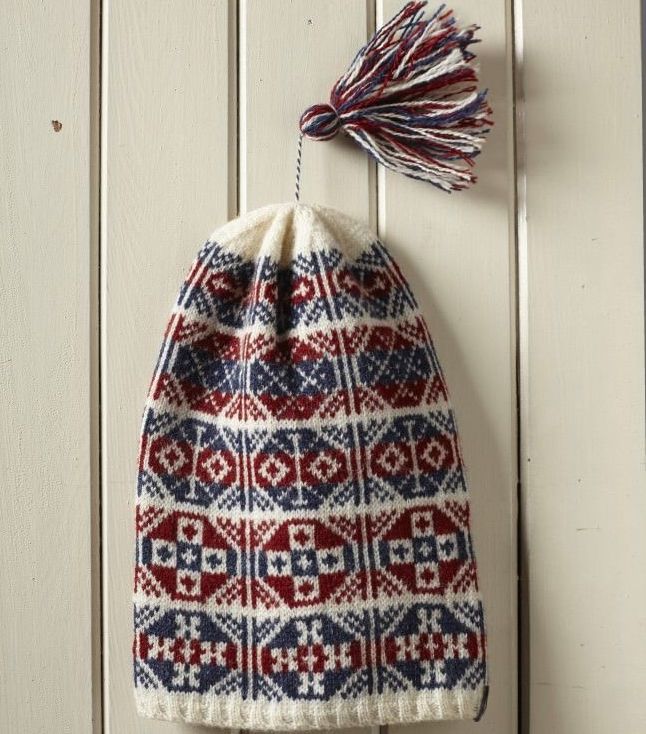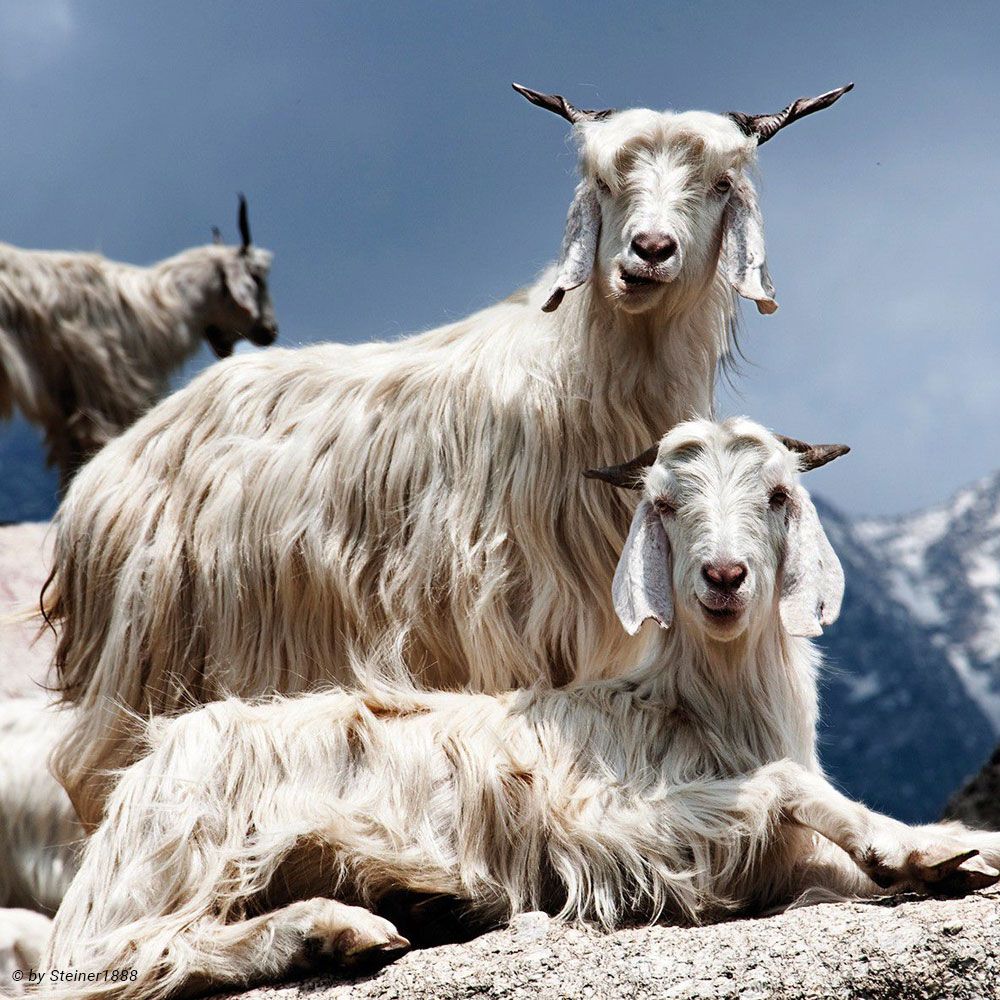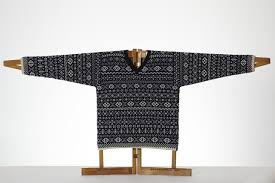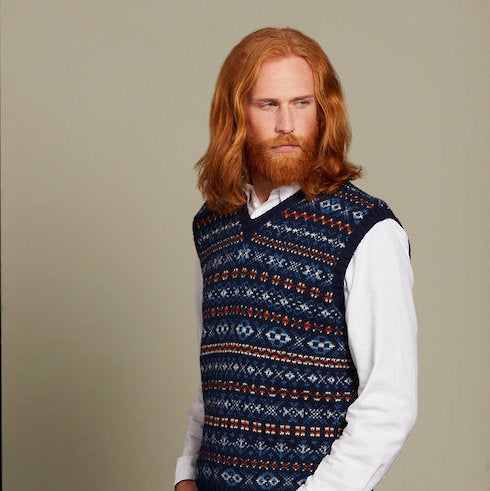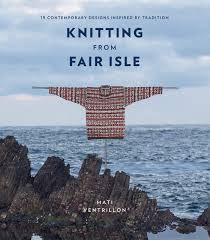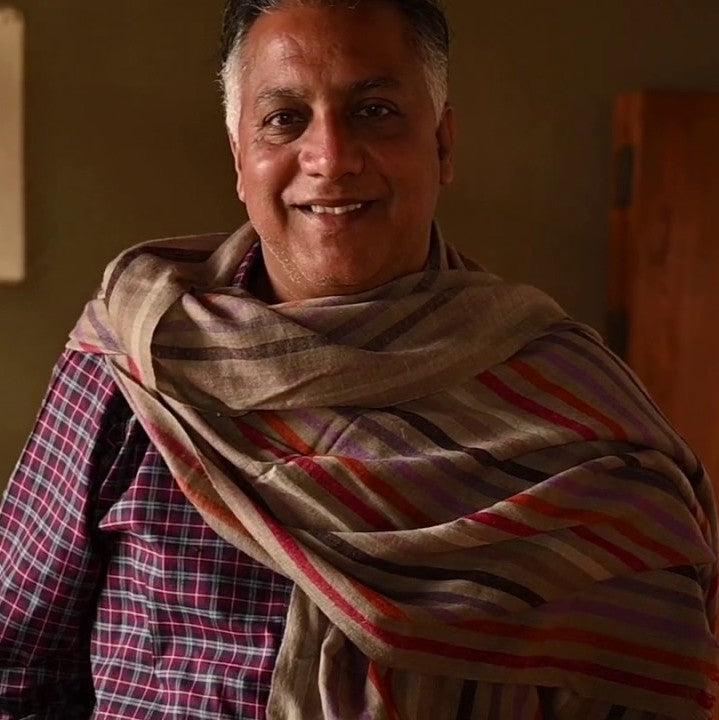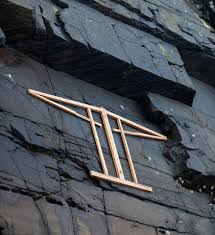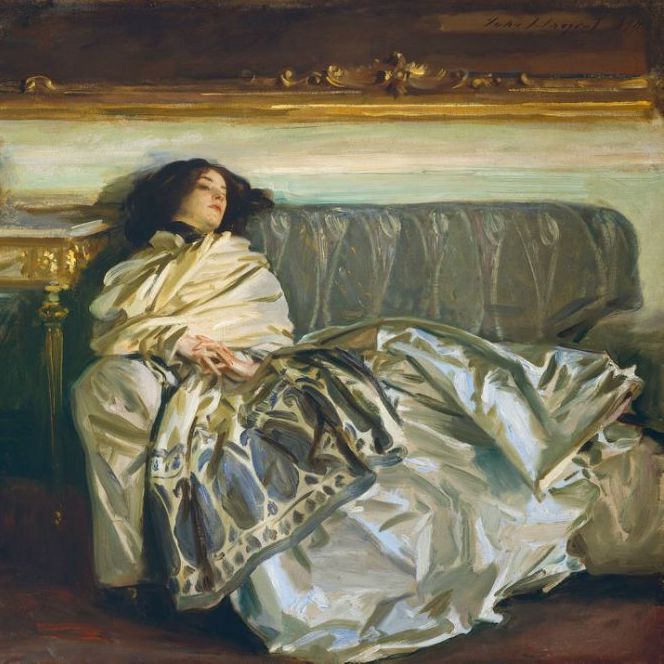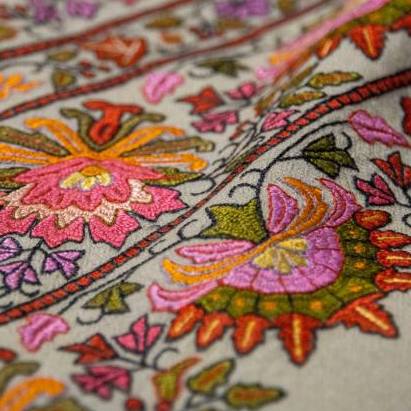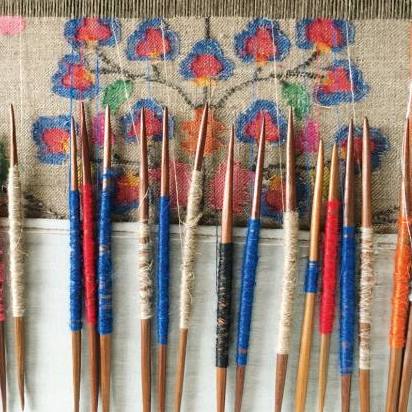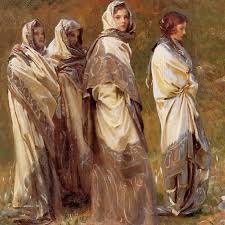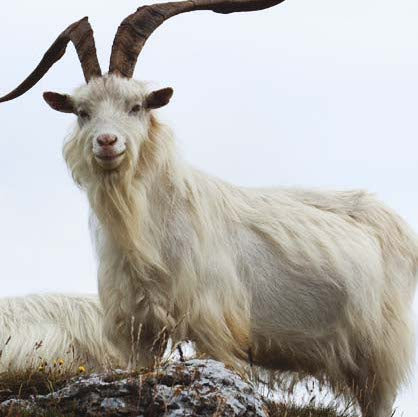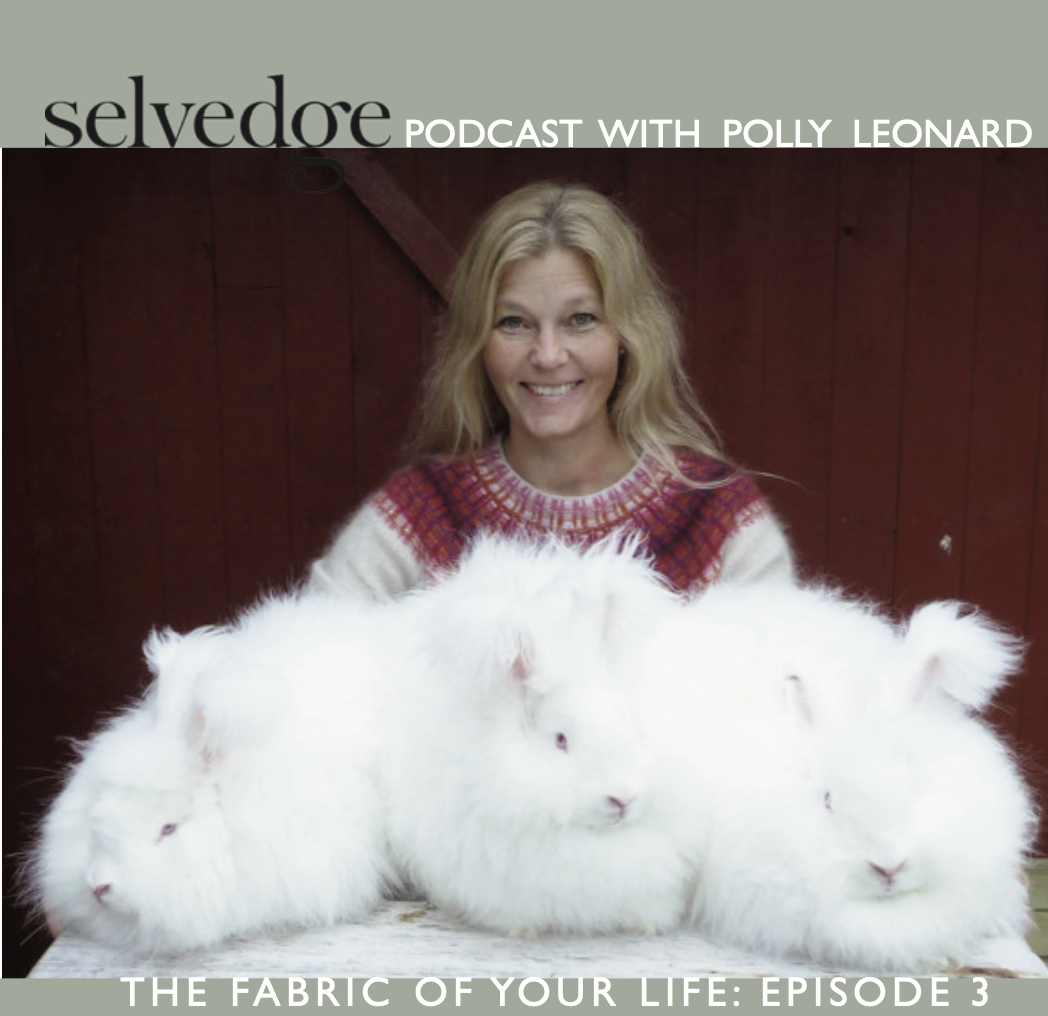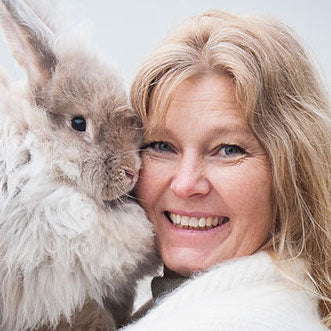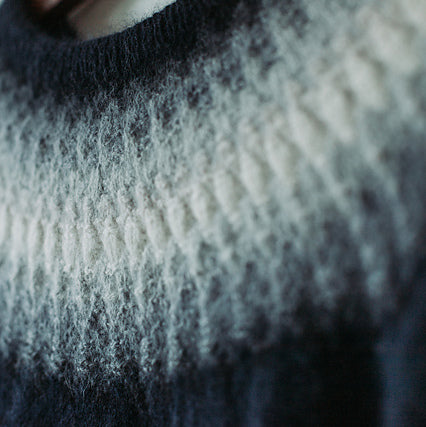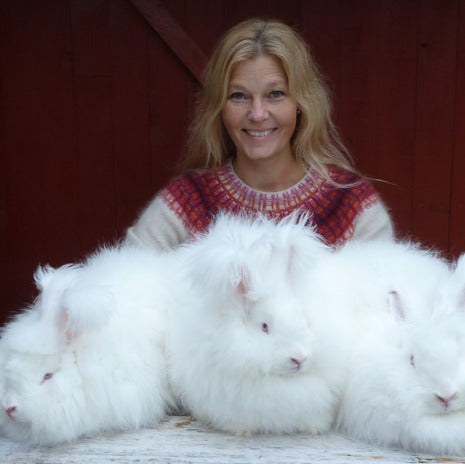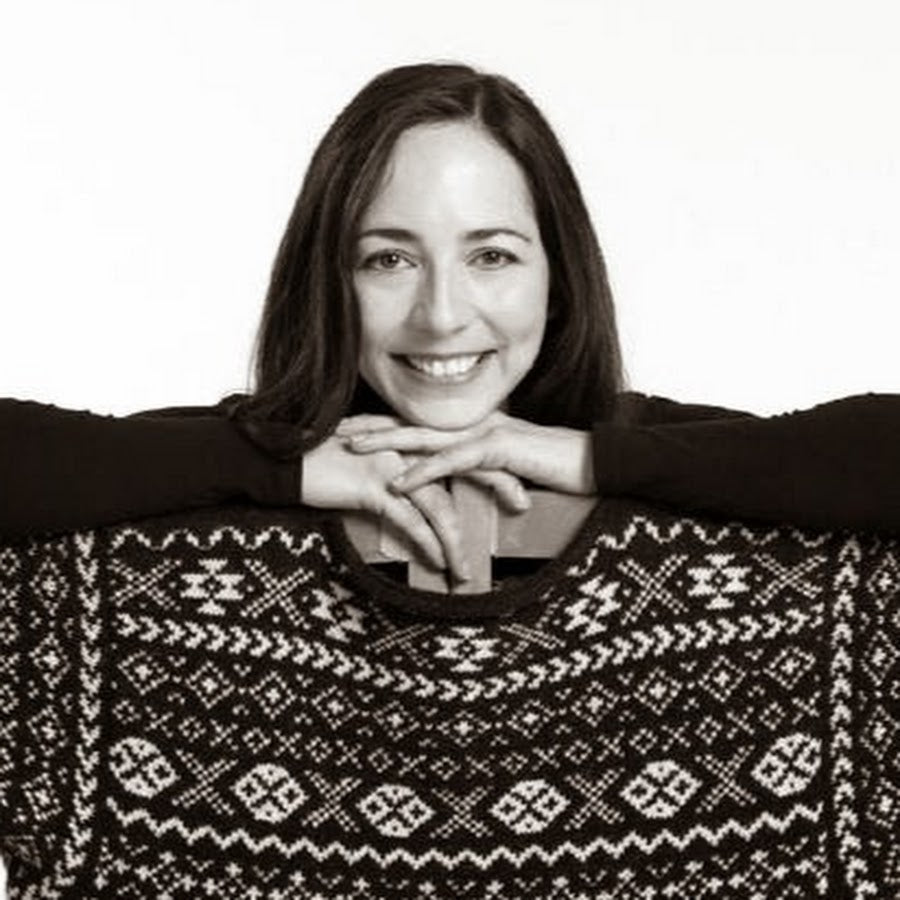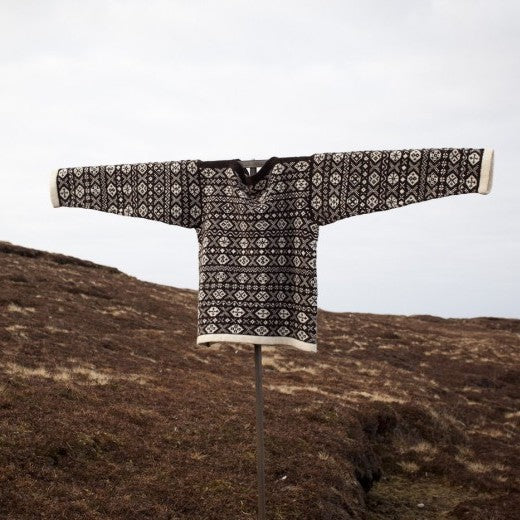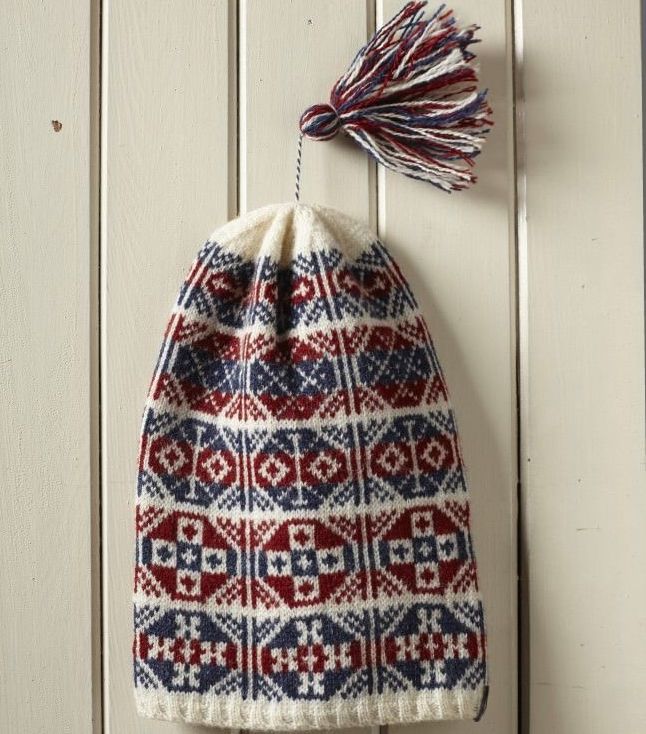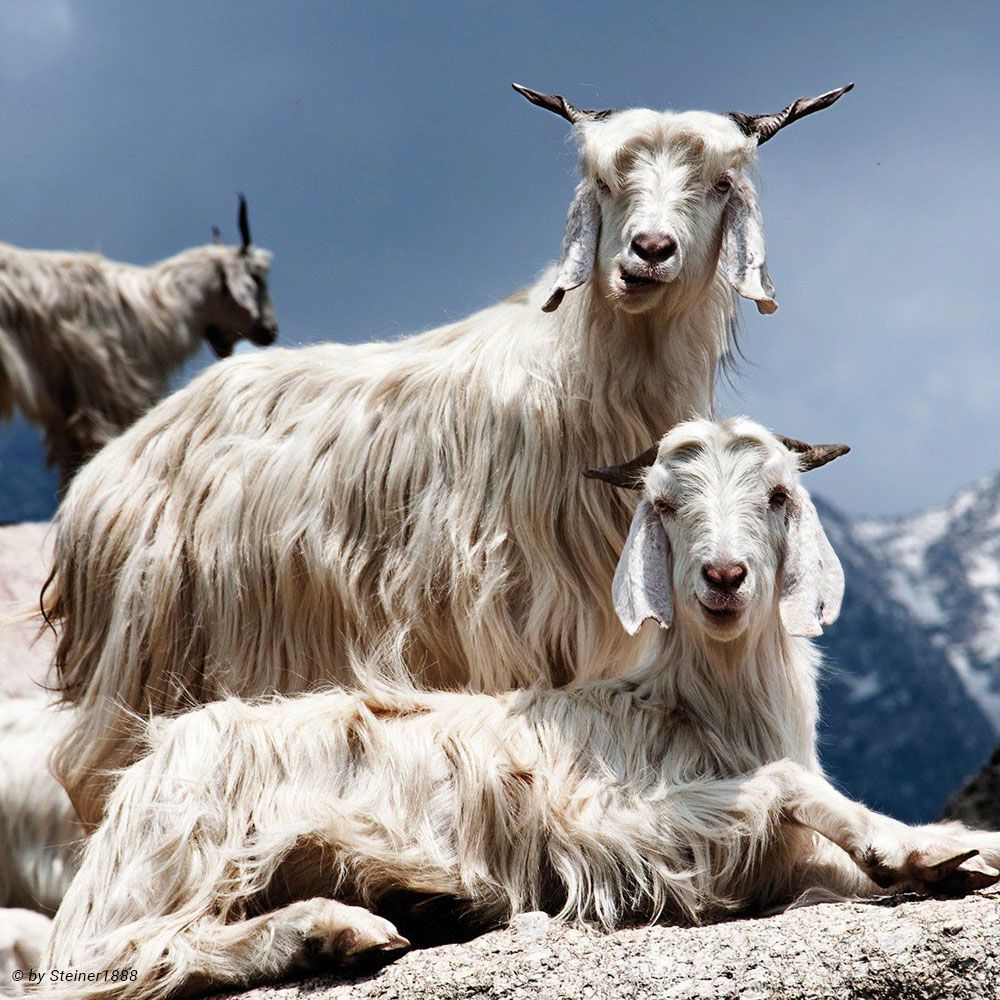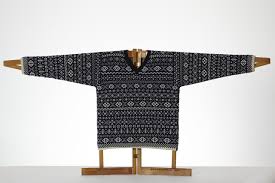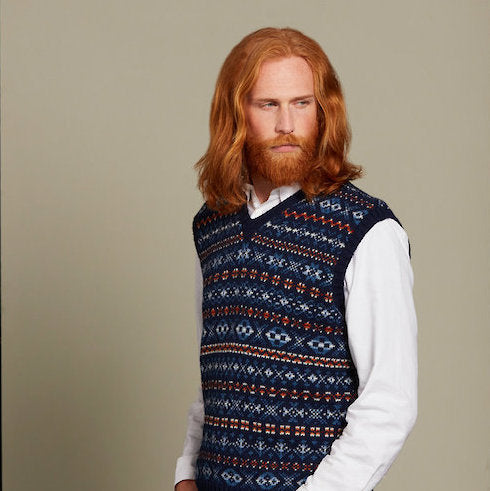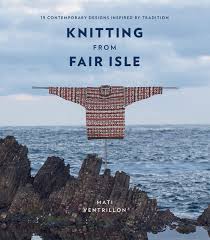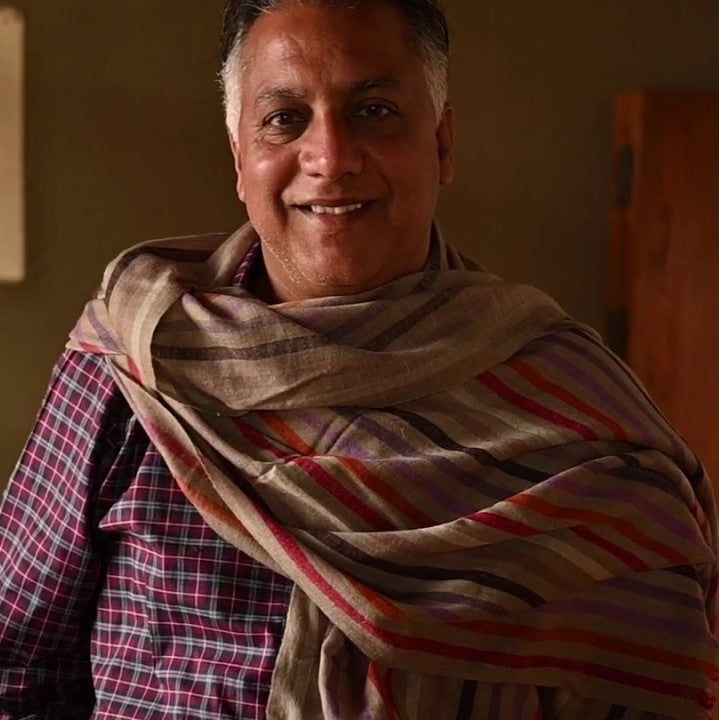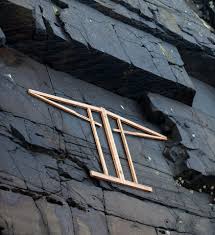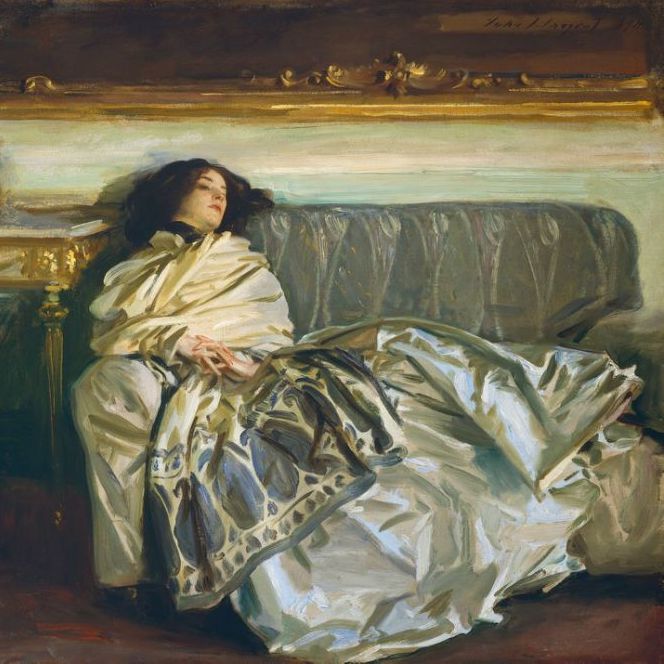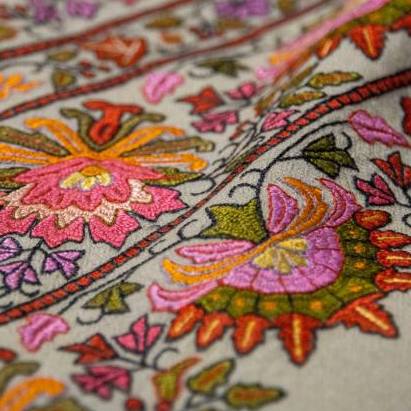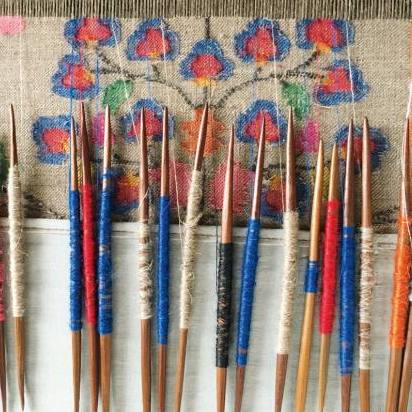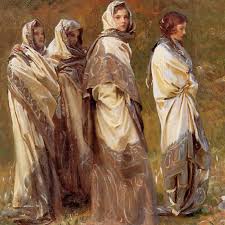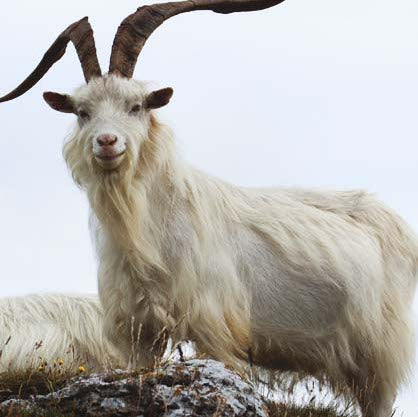Episode 3 High Fibre
Join me Polly Leonard, the founder and editor of Selvedge magazine as I interview artists, designers, NGOs, co-operatives, collectors and just about anyone who wears clothes to find sustainable textiles that celebrate cultural identity, diversity and the heritage of humanity.
The topic for episode 3 is High Fibre. I investigate why wonderful natural fibres have lost the battle of popularity so abysmally? Clothing is increasingly constructed from a narrow range of mostly synthetic fibres – while momentarily appealing to the eye, and certainly the purse these fabrics leave we starved of the stimulus we need. In this episode, we ask why when It is generally considered that natural fibres are better for the environment and feel better than synthetics, only 42% of our clothing is made from natural fibre, furthermore 39% of that is cotton.
Don't get me wrong I love cotton. Cotton has been used to create clothing for at least 7,000 years and is used worldwide because of its trademark lightness, softness, breathability and most importantly it's low cost and easy care, you can throw a cotton tee shirt in a washing machine and then tumble dry it. It will come out the same colour and size as it was when you threw it in the laundry basket.
However cotton does have a downside. To grow the fibre for one cotton T-shirt you need 969 litres of water and 3736 litres of water are required the grow the fibre needed to make one pair of jeans. Cotton is mostly grown in monoculture and is a pesticide-intensive crop. Although it is only grown on 2.5% of the world’s agricultural land, it consumes 16% of all the insecticides used worldwide. These pesticides are washed out of the soils and pollute rivers and groundwater.
I want to know why with such a wide range of fibre to choose from each with its own personality; fluffy mohair, feather-light alpaca, soft merino, smooth silk and crisp linen do these fibres account for only 3% of the clothing we wear. Why have these wonderful natural fibres lost the battle of popularity so abysmally?
Always keen to support the underdog. We talk to proponents of its marginalised undervalued fibres: an angora rabbit farmer from Sweden, a producer of cashmere shawls in Kashmir, a crofter and a knitter from Fair Isle in Scotland to find out why when given a choice we should be less predictable and treat ourselves to some variety.
Our podcast explores the fabric of your life - that’s the connection between cloth, culture and creativity.
Share
